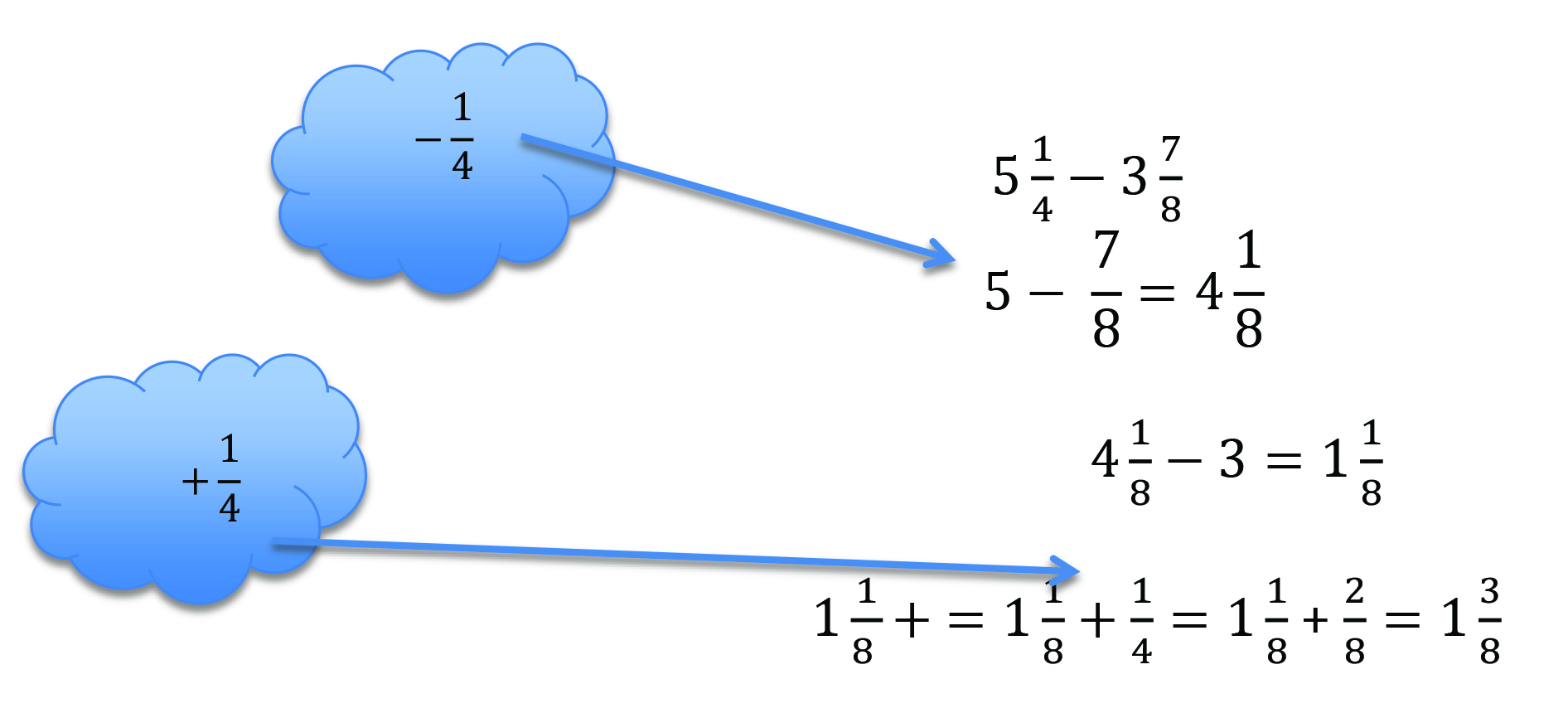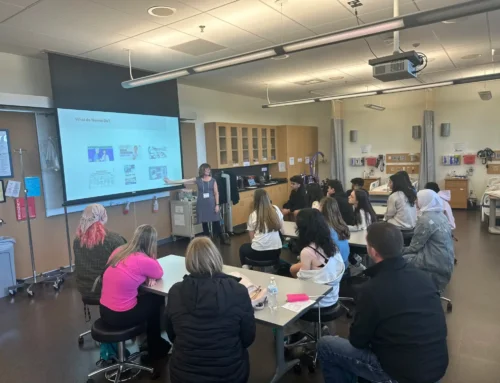I recently walked into a 6th grade classroom where students were thinking flexibly and engaging in meaningful discourse about mathematics. The environment in the classroom encouraged students to volunteer ideas they were still forming and often students posed questions to one another, with the teacher in the background.
The discourse was around mathematical ideas, some of which were sophisticated ideas that permeate K-12 mathematics and beyond. What was going on?
What instructional routine enabled students to feel so comfortable attacking mathematics with a variety of meaningful solutions? Number Talks!
Ruth Parker and Cathy Humphreys, both residing in the great state of Washington, have written a book called, Making Number Talks Matter which offers in print the work they have promoted for the last twenty-five years. Nationally renowned as high yielding instructional routine, classrooms across the state have been incorporating Number Talks and noticing the positive impact on their students mathematical sense making AND the their classroom learning environment.
Students were offering up solutions for the question: 5 1/4 – 3 7/8. Typically this question is difficult for students. The procedure has many steps and although textbooks layout a plan for students to follow, there is potential for numerous mistakes.
As students shared first their solutions to the problem, and offered their mental strategies (no pencil and paper to be found), I was amazed at the various pathways students used to approach the problem. The teacher recorded each solution offered by students. The mathematics below shows one student’s thinking:

This solution speaks to the level of student’s understanding of both the specific skill of subtracting mixed numbers with different denominators and regrouping as well as the student’s understanding of the properties of decomposing and composing numbers and the use of the number line as a means to deepen number sense.
Another student shared a different way of looking at the problem:

Students’ strategies included fraction strips, rectangular shapes and converting numbers to fractions with common denominators. There were some misconceptions in their strategies but mistakes surfaced and students were able to collectively work to make adjustments with most strategies in order to solve the problem. Students were eager to explain their thinking to me and when prompted expressed their enthusiasm for Number Talks.
At the NWESD, we have been fortunate enough to have Ruth Parker present two-day Number Talk Institutes and we plan to offer another this summer on August 3rd and 4th. REGISTER HERE
Here are a few comments from those teachers and math coaches who attended:
“My biggest takeaway is I can do this! I was looking for ways to make math more engaging and ‘deeper’. I’m so excited to get going with Number Talks in my classroom tomorrow.
“I wasn’t sure what I would get from this workshop as a secondary content lead but I am now excited to share these ideas and encourage my teachers to come next time.”
“…As our district embarks on a deeper learning initiative, I connected to how perfectly number talks align with this work…Number Talks is a way to get job embedded professional learning as we learn from and reflect on our students’ thinking. Thanks so much for a fabulous 2 days!
You can learn more about Number Talks by either giving the professional development opportunity a try or by reading Making Number Talks Matter a close reading.
Ruth Parker and Cathy Humphreys give a good overview at https://www.youtube.com/watch?v=Hmh8pwL1sLg.



